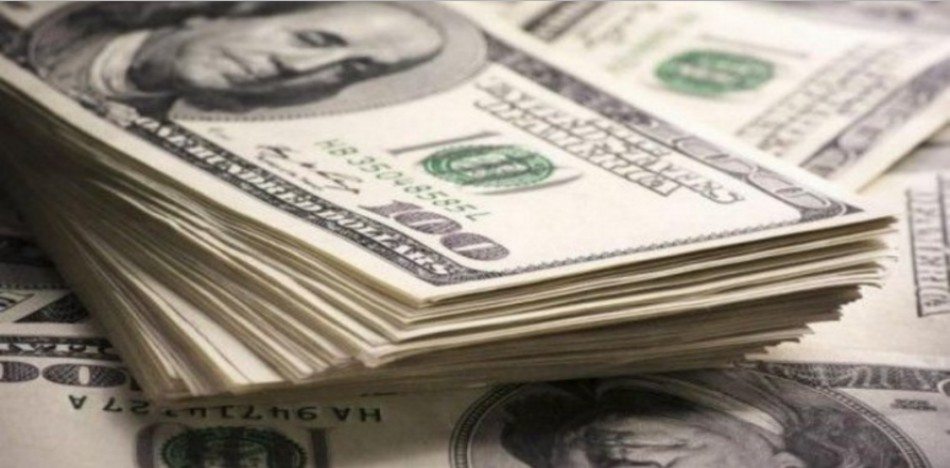
The Argentine peso fell to a record low with the American dollar on Wednesday, January 4, evidencing skyrocketing demand for the greenback, and insufficient supply.
Financial news site Ámbito reported that the dollar skyrocketed 18 cents to ARS $16.38 in exchange houses and banks of the capital city Buenos Aires, surpassing the previous high last December 12, when it reached a level of ARS $16.28.
- Read More: Macri Maintains Kirchner Era Price Controls in Argentina
- Read More: Argentina President Macri Could be Investigated for Fraud in Bond Sales
In the banks and foreign trade sector, the currency surged 15 cents, exceeding ARS $16, and closing at ARS $ 16.115. This figure also represents a historical low.
Traders told Ámbito that the demand for the dollar always held above ARS $16, because supply was insufficient for existing purchase orders.
Sebastián Centurión, of ABC Mercado de Cambio, told Ámbito that firm demand was noticed after Lebac rates (debt securities) dropped. The situation was further exacerbated by Argentine purchases of the dollar for tourism, which is customary at this time of year.
The analyst added that at the same time offer has fallen “because the official banks abandoned the stance they adopted during the so-called “rain of currency” which aimed to combat money laundering while also containing the rising dollar.
The new historical high for the dollar came a day after the Central Bank (BCRA) implemented a new 7 day benchmark for setting monetary policy, instead of the 35-day Lebac rate. From Tuesday, January 3, on, the shortest stretch was 42 days.
The so-called blue dollar (semi-legal currency exchange) fell 15 cents and hit the ARS $17 floor, closing at ARS $16.96, as reported by Ámbito. The gap between the blue dollar and the official dollar fell to 3.5%, the smallest in two weeks.
Meanwhile, Central Bank reserves increased by US $ 88million from the previous business day to US $ 39.6 billion.
Source: Ambito
 Versión Español
Versión Español












